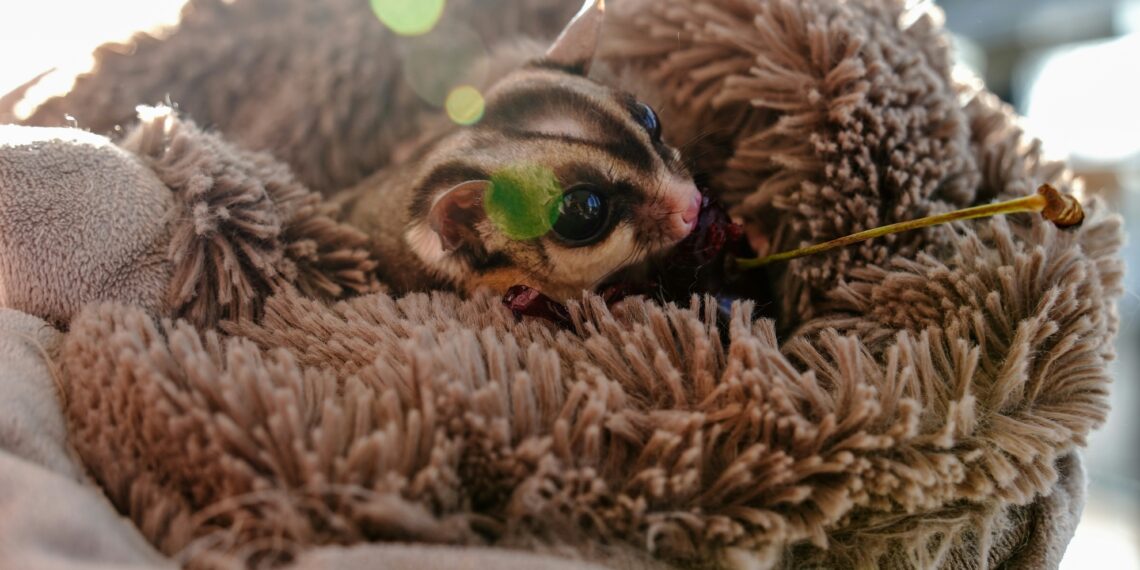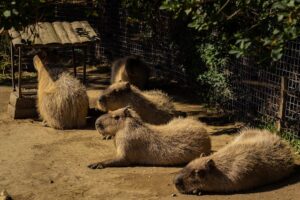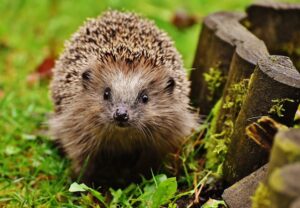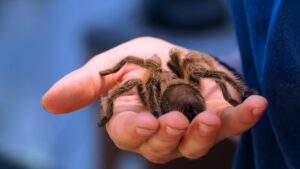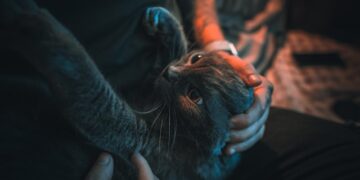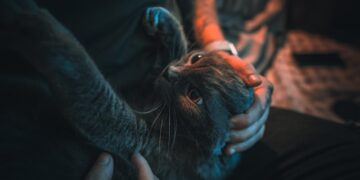When you think of pets, dogs, cats, and goldfish probably come to mind. But in many parts of the world, people share their homes with animals that are far from typical. From large rodents and tiny marsupials to aquatic salamanders and exotic reptiles, unusual pets are more common than you might think.
The reasons people keep these unique companions range from cultural traditions to personal fascinations. While owning strange animals as pets can be rewarding, it also comes with responsibilities that shouldn’t be taken lightly. In this article, we’ll take you on a global tour to discover the most unusual pets people keep, and explore the cultural, legal, and ethical aspects of this fascinating trend.
Why People Choose Unusual Pets
Not everyone wants a pet that barks or purrs. For some, unusual pets offer a deeper connection to wildlife, a way to stand out, or a link to cultural practices. In many regions, what’s considered exotic in one country is normal in another.
Factors that influence exotic pet ownership include:
-
Cultural traditions: Some animals have historical or spiritual significance.
-
Personal interests: Animal lovers often seek out rare species for their uniqueness or challenge.
-
Geography: People living near rainforests, deserts, or wetlands may have easier access to local wild species.
-
Status symbols: Owning a rare pet can sometimes be associated with wealth or prestige.
However, the popularity of unique pets must be balanced with proper care, legal restrictions, and awareness of ethical concerns.
Unusual Pets by Region
Around the globe, people have formed bonds with a wide variety of extraordinary animals. Here are some of the most fascinating and rare pets found in different parts of the world:
1. Fennec Foxes – North Africa and the Middle East
These tiny desert foxes are known for their oversized ears and playful personalities. Native to the Sahara, fennec foxes have adapted well to domestic life in some regions. However, they require a lot of space, a special diet, and patience due to their wild instincts.
2. Capybaras – South America
The world’s largest rodent, capybaras are social, gentle, and surprisingly affectionate. They thrive in wet environments and require access to water. While becoming increasingly popular as unusual pets in North America, owning one often requires special permits.
3. Sugar Gliders – Australia and the United States
These tiny, nocturnal marsupials can glide through the air thanks to a membrane between their limbs. Sugar gliders bond strongly with their owners and need social interaction. They also require a very specific diet and a warm, secure environment.
4. Miniature Pigs – North America and Europe
Mini pigs have become trendy in recent years due to their intelligence and trainability. However, many grow larger than expected, leading to surprise and even abandonment. They need mental stimulation and regular outdoor time.
5. Axolotls – Mexico
These aquatic salamanders are known for their “smiling” faces and regenerative abilities. Native to Mexico’s lakes, axolotls are one of the most popular exotic pets in aquariums. They’re easy to care for, but their natural habitat is endangered, raising ethical questions about captive breeding.
6. Hedgehogs – UK, Japan, and the US
These spiky, solitary creatures are low-maintenance and quiet, making them appealing to apartment dwellers. African pygmy hedgehogs are the most common species kept as pets. However, they are banned in some U.S. states due to concerns about disease transmission.
7. Kinkajous – Central America
Also known as “honey bears,” kinkajous are nocturnal mammals related to raccoons. Their playful and curious nature makes them interesting companions, but they are difficult to care for and can be unpredictable if not properly socialized.
8. Tarantulas and Exotic Reptiles – Global
Insects and reptiles like tarantulas, geckos, and snakes are among the most popular strange animals as pets. They require minimal interaction but very specific care environments, including controlled temperature and humidity.
Cultural and Legal Considerations
What’s legal and acceptable in one country may be completely prohibited in another. Laws regarding exotic pet ownership vary widely and can change frequently in response to public safety concerns or environmental threats.
Examples include:
-
United States: Rules vary by state; some allow unusual pets with permits, others ban them entirely.
-
Australia: Strict biosecurity laws limit exotic pet imports to protect native ecosystems.
-
European Union: Many countries regulate exotic pets through licensing and welfare standards.
Always check local regulations before adopting a rare pet. Ownership without proper documentation can lead to fines, animal seizure, or legal trouble.
Ethical and Environmental Concerns
While unusual pets are fascinating, owning them comes with serious ethical responsibilities. Many animals in the exotic pet trade are taken from the wild, leading to ecological disruption and suffering.
Concerns include:
-
Illegal wildlife trafficking
-
Unsuitable living conditions
-
Neglect due to lack of knowledge
-
Impact on endangered species
Responsible ownership means:
-
Choosing pets from reputable breeders or rescue organizations.
-
Educating yourself thoroughly about the animal’s needs.
-
Avoiding animals taken directly from the wild.
It’s also worth considering whether the pet’s natural behaviors and needs can truly be met in a domestic environment.
Pros and Cons of Keeping Unusual Pets
Before bringing home a rare pet, weigh the benefits and challenges carefully.
Pros:
-
Unique bond and experience
-
Opportunity to learn about rare species
-
Can be a conversation starter or educational tool
Cons:
-
Complex care requirements
-
High costs for special diets or habitats
-
Legal restrictions and licensing
-
Ethical concerns about sourcing and welfare
Unusual pets require long-term commitment and a willingness to adapt your lifestyle to meet their needs.
Conclusion
Across the globe, people form remarkable connections with a wide array of animals from fennec foxes in the desert to axolotls in aquarium tanks. The world of exotic pets around the world is as diverse as it is intriguing. But with that intrigue comes responsibility.

